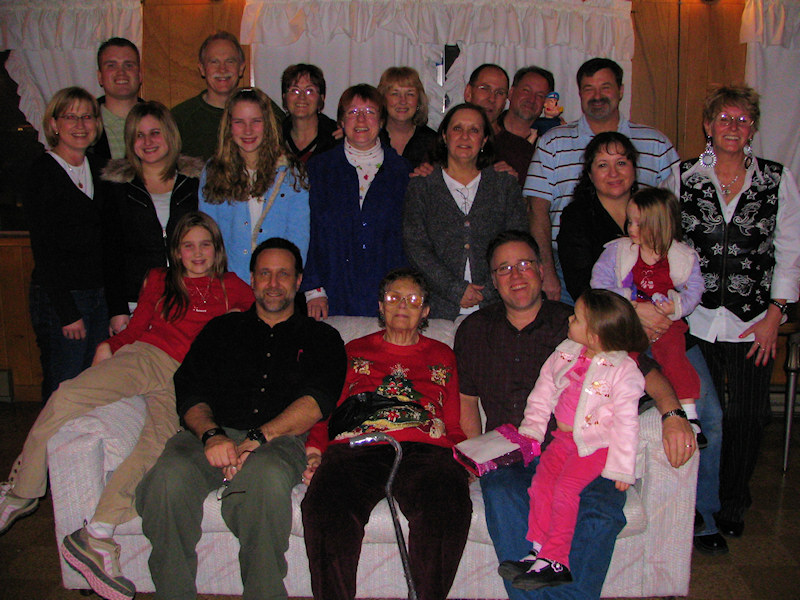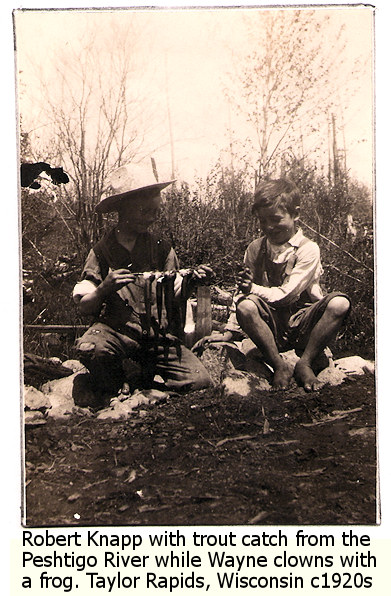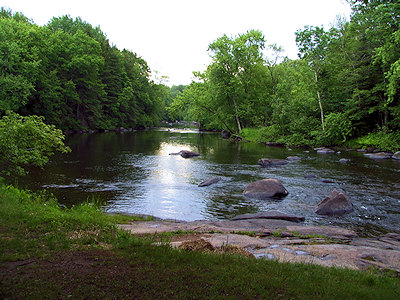In genealogy, sources are complicated. This is putting it mildly.
Every bit of information you gather in your family history research must be documented with where you found it, and where it resides after you found it. It also helps to know how you found it, who owns it, and whether or not it can be found again easily.
Sources are also known as credits, citations, and resources, and can be showcased in bibliographies, citation lists, credit lists, footnotes, endnotes, and other documentation.
I used to think it was enough that I found the information. Twenty years later, as I go back over my genealogy research, I’m constantly wondering what I was thinking back then because here is information that contradicts new information I found, but I don’t know where I found the original piece of information, so how can I determine which is right or not? Sources matter.
In The Master Genealogist (TMG) genealogy program, sources play a critical role. The program is set up by default to not let you enter any information in without popping up a warning box asking you to provide citation and sources for that information.
To help me learn more about how sources work in The Master Genealogist program, I went to Terry’s TMG Tips for a Source Tutorial on The Master Genealogist program.
The first part of the tutorial helped me to define the different terms TMG uses for the various sources:
A Source is something from which we have obtained information…
A Citation links a source we have defined to the information we recorded based on that source…
A Repository is a place where a source can be found…
Terry then takes you through a clearly defined step-by-step process of how to define a source through the Source Definition panel. You are then led through the various methods of defining and customizing different sources based upon their types. TMG features a wide range of source types, making the process so much easier for you to follow their easy templates.
The tutorial continues all the way through to help you understand how to control the output of the sources in your various reports, as well as how to add missing source types and forms that you might need that do not come with the program by default.
With sources playing such a critical role in proving your family’s history, learning how to make TMG help you keep better records makes your genealogy research much easier in the long run, and for whoever you will pass your family research onto in the future.





